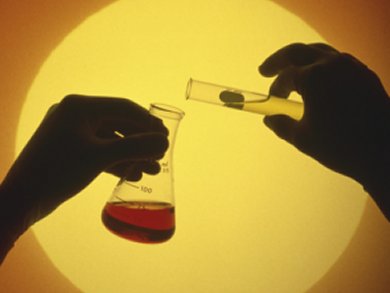The biaryl motif is an important structural component of numerous natural products, pharmaceutical agents, and organic materials. Biaryls can be created by C–H arylation which can be performed with a range of catalysts. Despite the presence of a catalyst, most C–H arylations still require elevated temperatures.
Melanie Sanford and co-workers, University of Michigan, USA, have developed a room-temperature C–H arylation. They achieve this by merging Pd-catalyzed functionalization with visible-light photoredox catalysis. The addition of a photoredox catalyst allows the room-temperature generation of phenyl radicals from aryldiazonium salts. The phenyl radicals are highly kinectically reactive arylating reagents that speed up the rate of reaction, allowing the reaction temperature to be reduced.
As photoredox catalysts can be used to generate diverse reactive intermediates, their combination with Pd-catalyzed functionalization could be applied to a range of synthetically useful transformations, not just arylation.
- Room-Temperature C–H Arylation: Merger of Pd-Catalyzed C–H Functionalization and Visible-Light Photocatalysis
D. Kalyani, K. B. McMurtrey, S. R. Neufeldt, M. S. Sanford,
J. Am. Chem. Soc. 2011.
DOI: 10.1021/ja208068w




